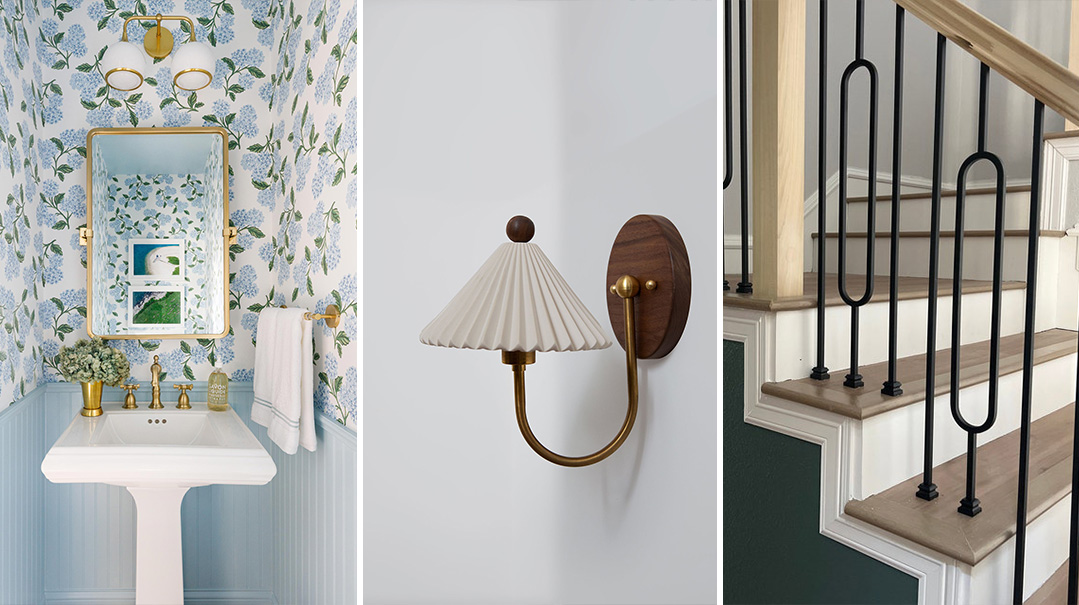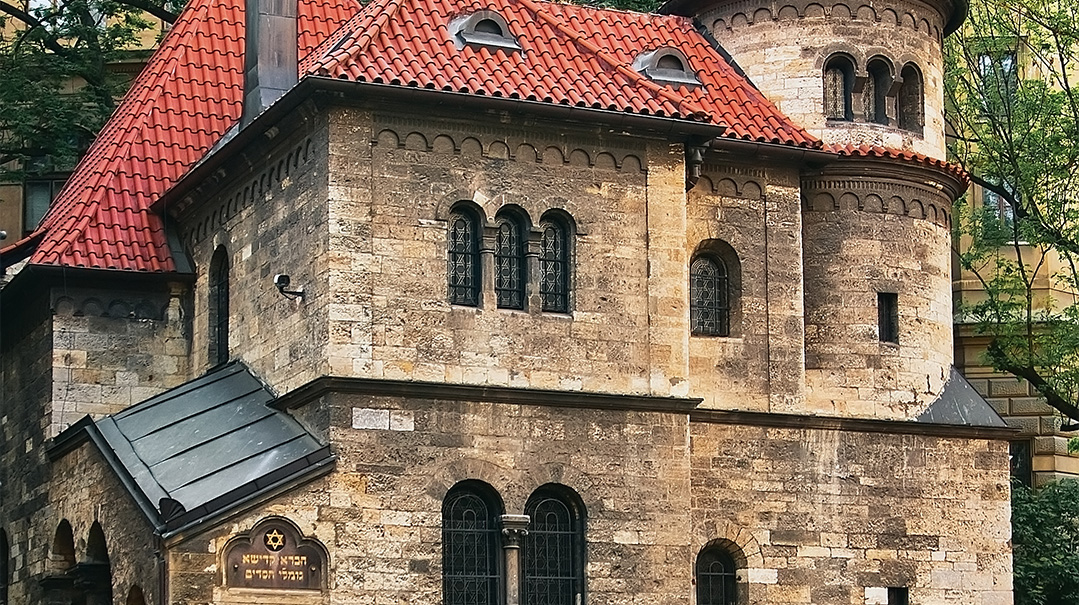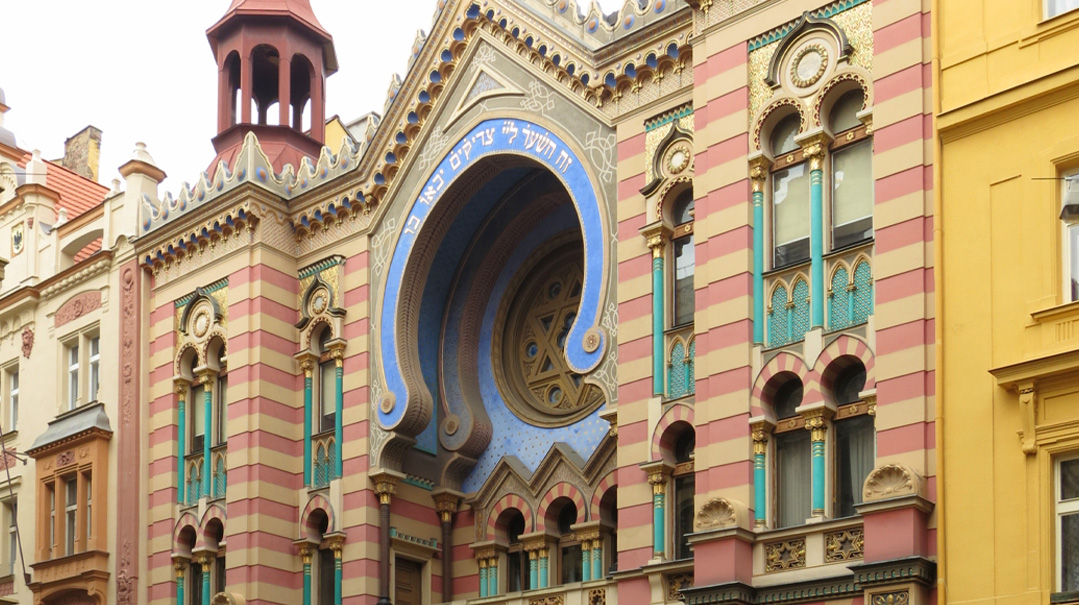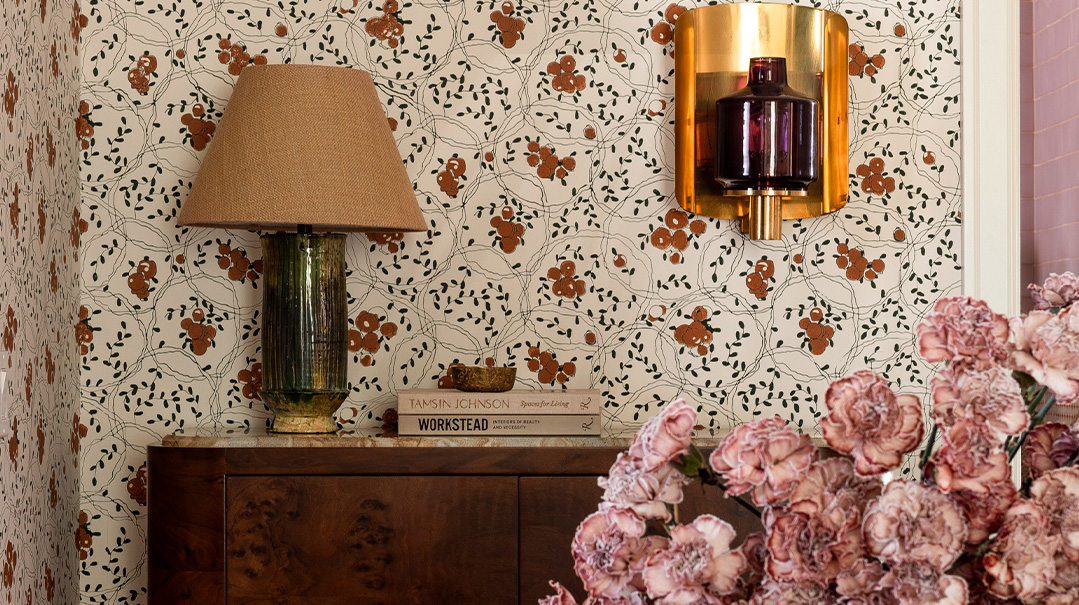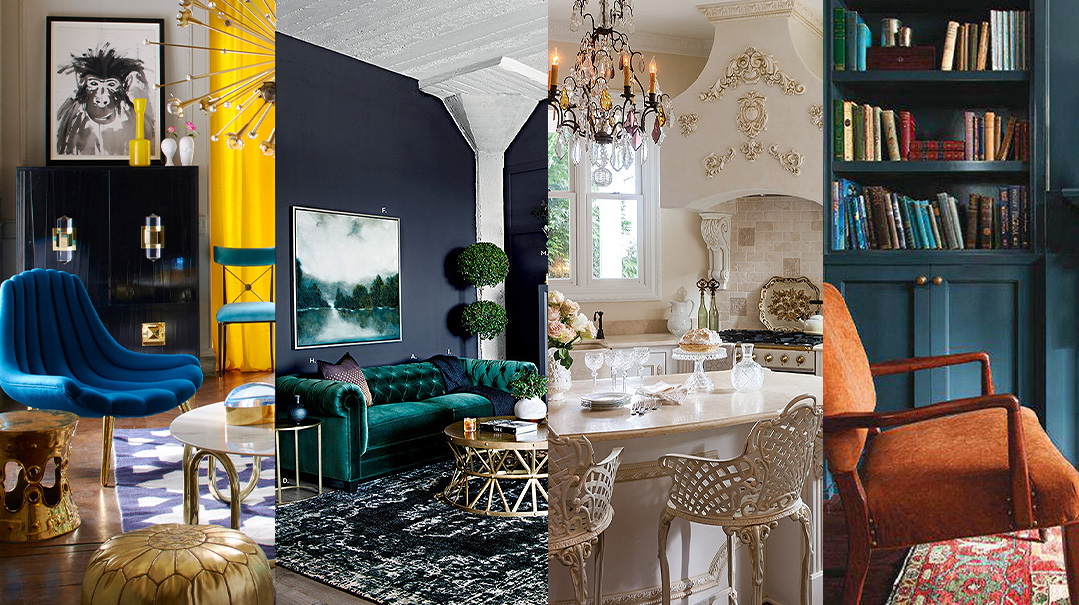Artist Compilations
| June 7, 2022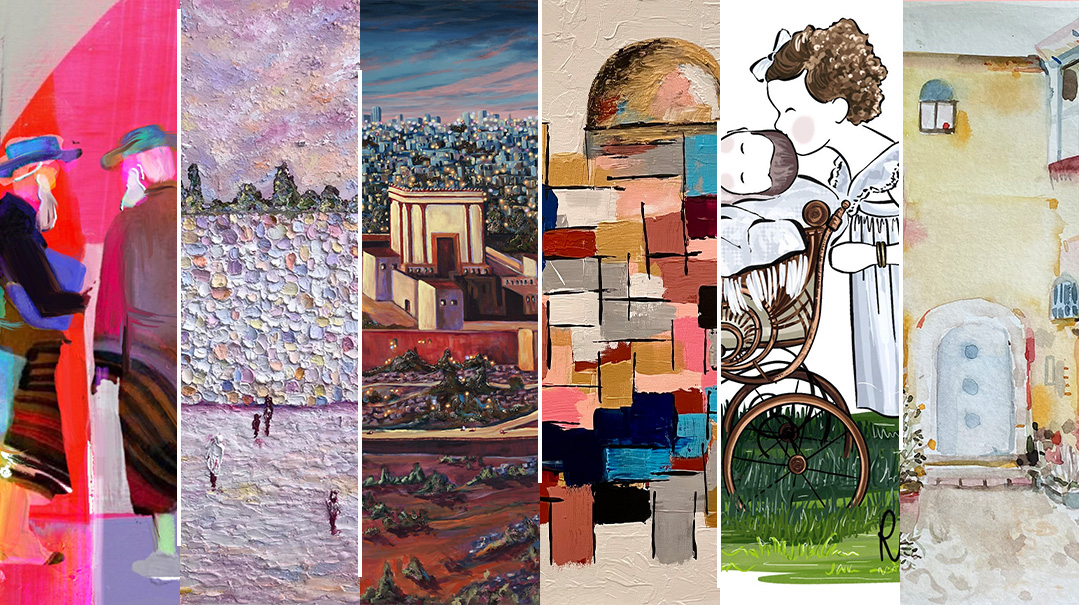
All artists have their own unique perspectives, which is why we’ve curated a selection of incredible frum female artists whose art has caught our eye, and posed some fundamental questions to them. Enjoy their responses and feast your eyes on their work.
1. What is your process?
Chaya (Hazan) Carlebach: I like to call my art intuitive. It begins in my heart and then makes its way to the canvas. I am self-taught, and I believe that in the art world, rules are there to be broken. Yes, there are certain important bases and techniques, but it’s so important to take those and make them your own.
I must feel what I’m painting; I love using thick layers of paint and creating textured unique pieces that stand out and are full of life and color.
Chaya Toron: I view my painting process as a bunch of grounding actions to bring my dreamy visions to reality. It’s a subtle dance of the creativity aspect and also taking the paintbrush and using it! I create mostly Judaic-themed artwork with different mediums such as watercolor, oils, acrylics, and ink. Soft, muted colors speak to me most.
Ruthy Procaccia: I start with a rough sketch, followed by a more defined sketch. I then outline my illustration in black and fill in sections of base color. Finally, I add texture, highlights, and small touches to complete the picture. Occasionally, I will skip around, adding base colors to some portions before I’ve finished outlining other portions.
Raizel Chaiton: While painting is a meticulous journey, filled with decisions at every step, I believe the creative flow comes from letting the brush do the work. I absolutely love seeing a painting’s brushwork, its direction, the texture it creates, its layers. That’s where the magic happens, and it’s what makes staring at a painting so mesmerising.
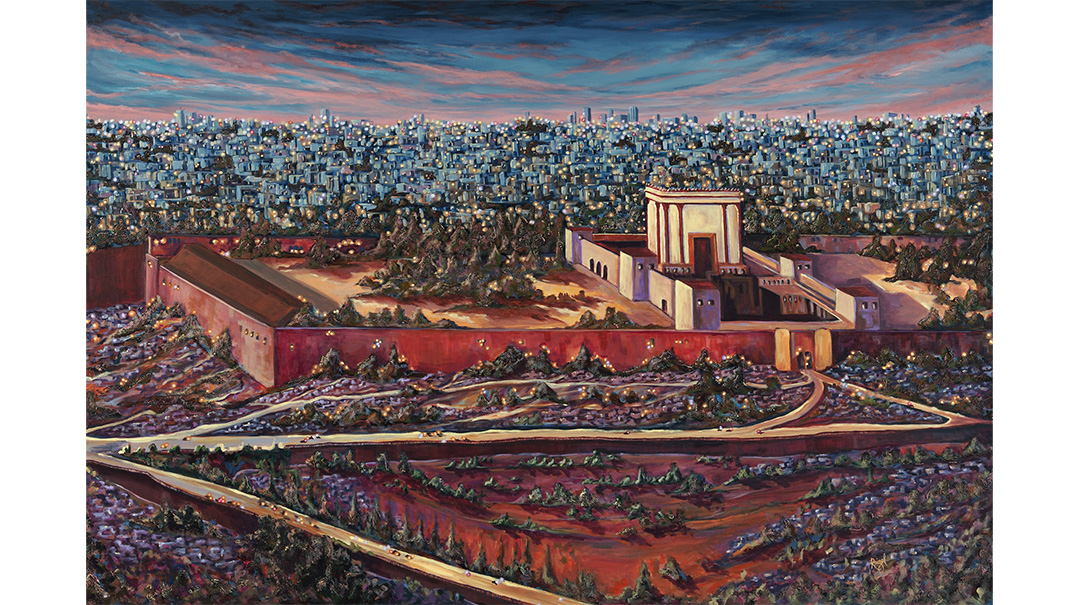
Raizel Chaiton
When I paint, I start with the base layer, covering the canvas in the most predominant colors I want the painting to display. Although this layer might not show at the end, its color seeps through and affects the colors on top of it and surrounding it. From there, I ensure all the proportions are accurate and that there’s an intriguing composition. It is at this point that I add various texture mediums to add interest and dimension, and combined with layers of color and brushwork, the piece comes to life!
Talya Silver: I get inspired by many things — whether it’s an idea, a photo I’ve taken, or art that I connect with. Then, I roughly sketch out what I want to do in my sketchbook until I get a clear picture of what I want to paint.
I mix the paint colors, figure out which size brushes I need, and then I paint — sometimes for an hour and sometimes for six hours! I always come back to the painting many times to see it from a different perspective until I am happy with the outcome.
Shani Levin: I don’t have a straightforward process, to be honest. I generally use a variety of mediums to achieve my desired result. I often begin with a vague drawing or blocks of color, and sometimes I play around digitally to get a sense of where I’m going. I use layers of acrylic paint, metallic leaf, paint markers, sometimes even puff paint, and throw colors on the canvas until I feel it’s right!
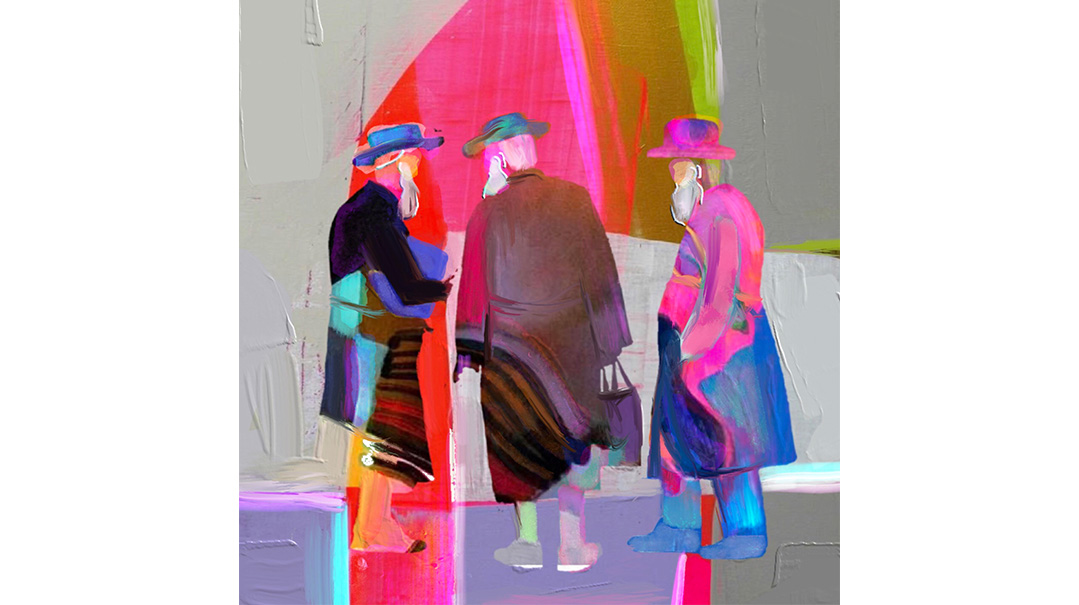
Shani Levin
2. Where do find your inspiration?
Chaya Carlebach: This will sound absolutely cliché, but my inspiration is literally everything. My life, people, things I see, nature, stories, Judaism. I never know where the spark for a new piece will come from, or when the inspiration will hit.
Chaya Toron: Judaism, Torah, and the vast landscapes in the Holy Land. I want my work to reflect the things I am passionate about, which is all of the above. I’m inspired by the people who appreciate the meaningfulness in what I do.

Chaya Toron
Ruthy Procaccia: I draw inspiration from fashion, travel destinations, and the four seasons we have in New York.
Raizel Chaiton: You know that feeling when you’re so immersed in a task that it’s hard to stop? Or when you are so excited about something you just want to dance? The process of painting and completing a piece is one of the most wonderful feelings in the world, and it inspires me to continue. Being able to witness the reaction of a client and seeing my work complete a space in someone’s home is really a bonus.
That being said, doing something I utterly love from start to finish is what keeps me going and motivates me to pick up a brush and start painting all over again, every single time. As much as receiving recognition and approval is nice, being your own supporter and ensuring that you do the things that you love is the best thing you can do for yourself.
Shani Levin: I find inspiration primarily in the vibrancy of Jewish life. We are privileged to be part of a community with so many facets, approaches, and avenues to living life authentically. I try to transmit that joy and color through my work.
3. What is the hardest part of being an artist?
Chaya Carlebach: Being an artist is so closely connected to my inside world that inspiration and creativity isn’t always in a state of flow, so it’s not a given that I’m constantly in “create mode.” Sometimes I have to work extra hard to reignite it or to know when to press pause.
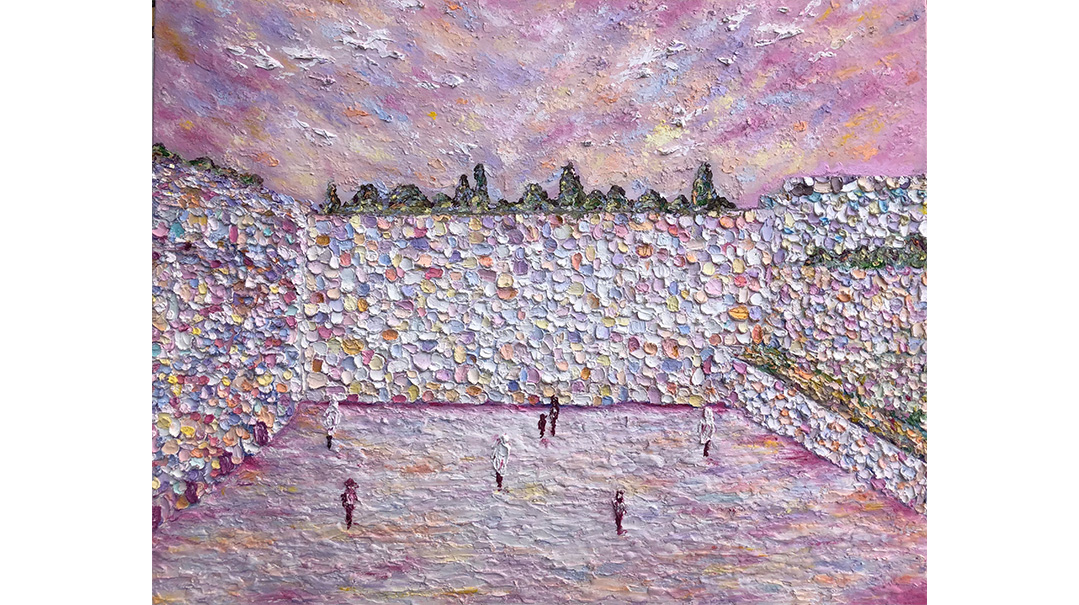
Chaya Carlebach
Chaya Toron: Oh, this answer can fill up many pages, but for me, I’d say the vulnerability of it all. I put so much love and devotion into my work and sometimes that’s scary.
Ruthy Procaccia: The hardest part of being an artist is that many people are unaware of the work that goes into each piece — not to mention the years spent cultivating this particular skillset.
Shani Levin: It can be difficult to create commissioned pieces that achieve the goal and vision of the client while staying true to my artistic aesthetic. Sometimes the two don’t meld so easily! I try hard to find a meeting point where the client and I can both be thrilled with the end result.
Talya Silver: Working through a creative block — but you just have to keep painting!
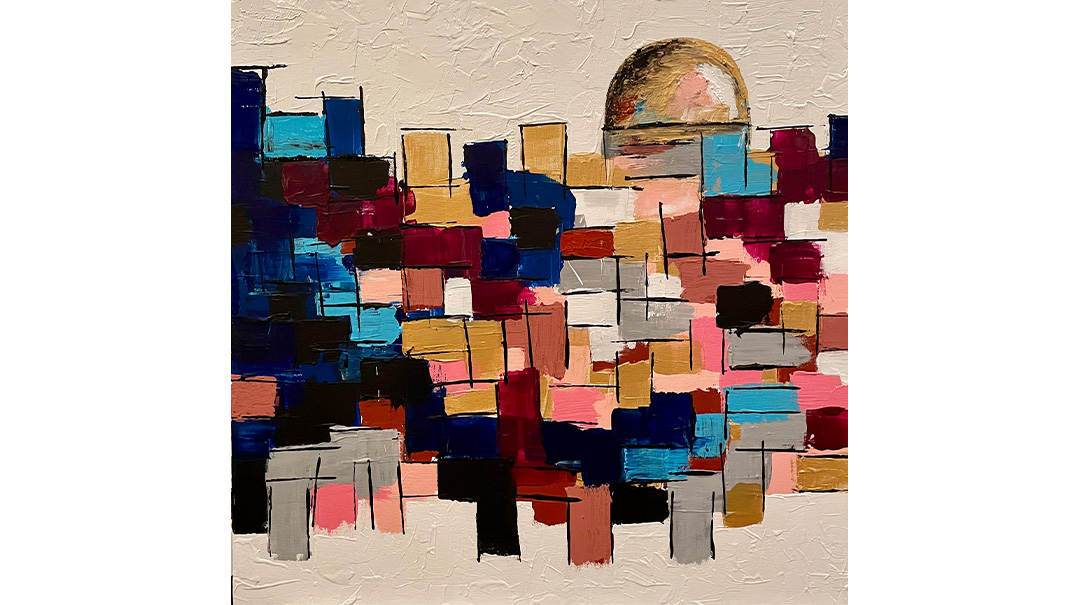
Talya Silver
4. Most memorable commission
Chaya Carlebach: My most memorable commission is my first one ever. I was excited to take the job, and although it was the most inexpensive price I’ve ever quoted for a painting, the commission was so significant because it paved the way to my art style. It deeply impacted the way I viewed art as well as my personal style — it was one of my first textured pieces that now is my signature.
Chaya Toron: I had the honor of creating an abstract watercolor piece for a beloved parent’s wedding anniversary. I painted 14 children surrounding the chuppah, with fifty stars in the sky signifying the years of their marriage. I was able to deliver it in person. That experience will always stay with me.
Ruthy Procaccia: My most memorable commission is probably my first one. Someone reached out to me — I had been sharing my illustrations for a while — and asked me how much I charged. I made up a price, and I was in business.
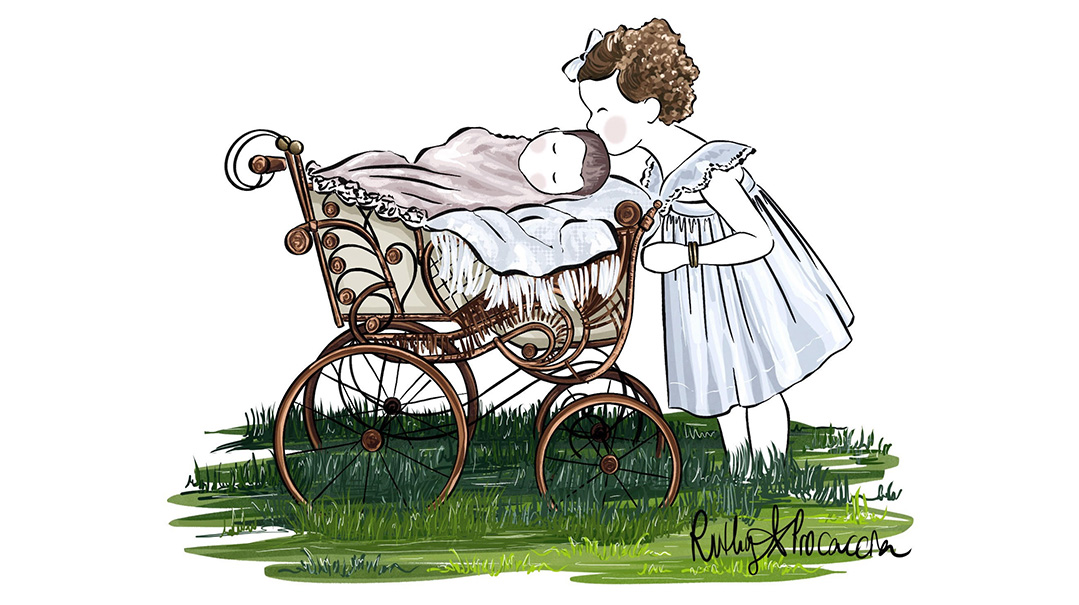
Ruthy Procaccia
Shani Levin: A few years ago, my shul, Aish Kodesh, produced a CD in honor of my parents (the rav and rebbetzin, Moshe & Myrna Weinberger). They were being honored at a dinner after 25 years of service, and a group of musicians came together to produce an amazing musical masterpiece in tribute. I was asked to create a painting for the cover art. Bringing together my passion for music and art in a piece that recognized the incredible work my parents have done in their wonderful community was a deeply personal and memorable experience for me.
Talya Silver: My favorite is a modern Jerusalem painting because I went into labor with my third child while I was in the zone painting!
Chaya Carlebach:
Chaya Toron:
Ruthy Procaccia:
Raizel Chaiton:
Shani Levin:
Talya Silver:
(Originally featured in Family Room, Issue 28)
Oops! We could not locate your form.


